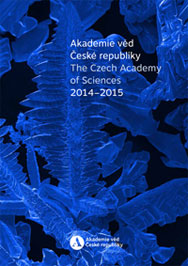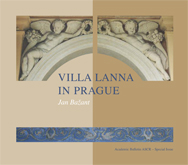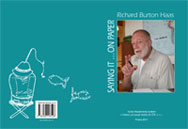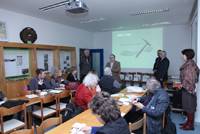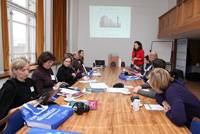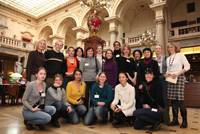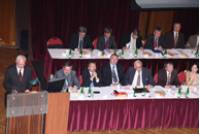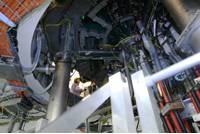The discover was published in prestige magazine Proceedings of the National Academy of Sciences.
Knockdown of proteins involved in iron metabolism limits tick reproduction and development.
Ondrej Hajduseka, Daniel Sojka, Petr Kopacek, Veronika Buresova, Zdenek Franta, Ivo Sauman, Joy Winzerling and Libor Grubhoffer
Ticks are among the most important vectors of a wide range of human and animal diseases. During blood feeding, ticks are exposed to an enormous amount of free iron that must be appropriately used and detoxified. However, the mechanism of iron metabolism in ticks is poorly understood. Here, we show that ticks possess a complex system that efficiently utilizes, stores and transports non-heme iron within the tick body. We have characterized a new secreted ferritin (FER2) and an iron regulatory protein (IRP1) from the sheep tick, Ixodes ricinus, and have demonstrated their relationship to a previously described tick intracellular ferritin (FER1). By using RNA interference-mediated gene silencing in the tick, we show that synthesis of FER1, but not of FER2, is subject to IRP1-mediated translational control. Further, we find that depletion of FER2 from the tick plasma leads to a loss of FER1 expression in the salivary glands and ovaries that normally follows blood ingestion. We therefore suggest that secreted FER2 functions as the primary transporter of non-heme iron between the tick gut and the peripheral tissues. Silencing of the fer1, fer2, and irp1 genes by RNAi has an adverse impact on hatching rate and decreases postbloodmeal weight in tick females. Importantly, knockdown of fer2 dramatically impairs the ability of ticks to feed, thus making FER2 a promising candidate for development of an efficient anti-tick vaccine.4 Feb 2009




